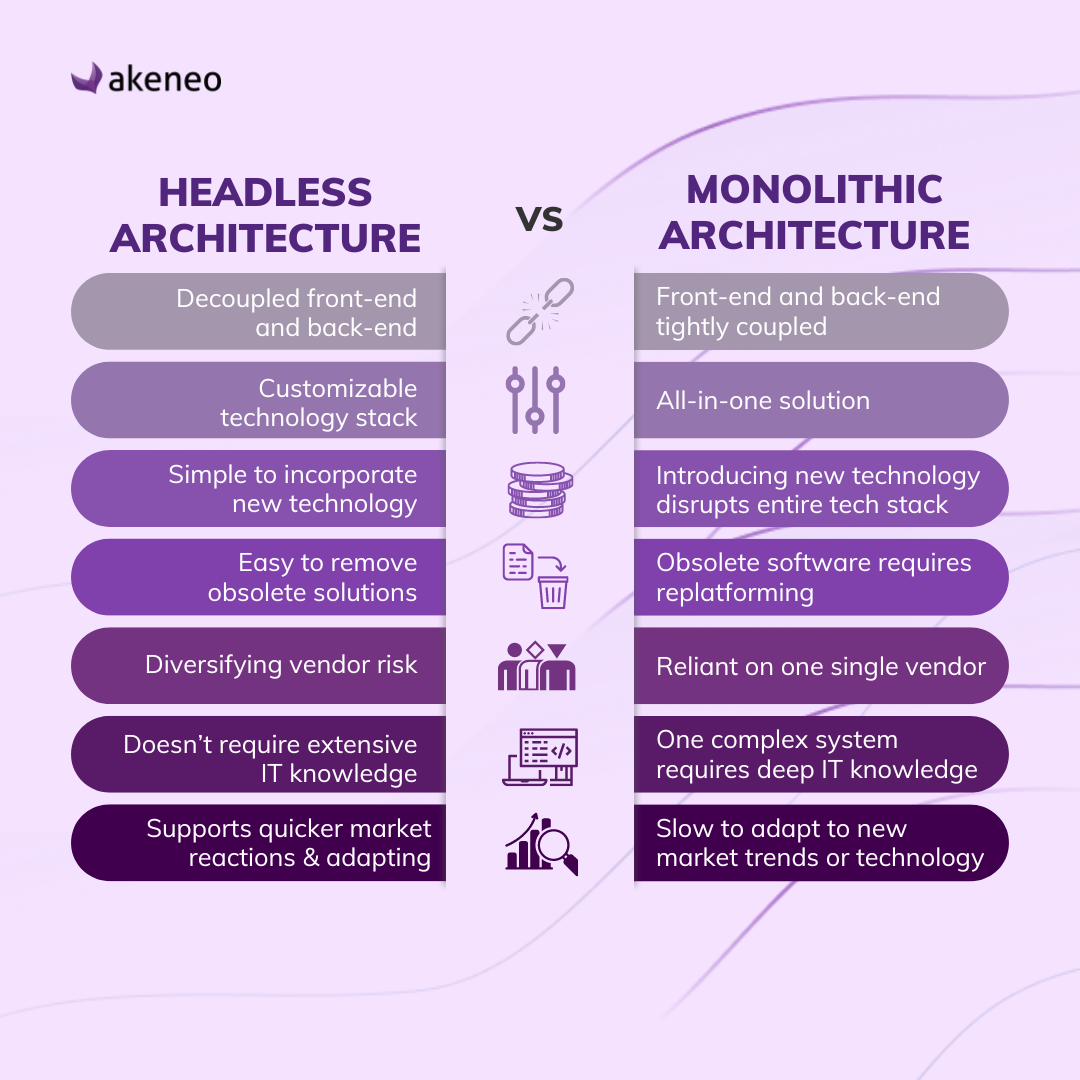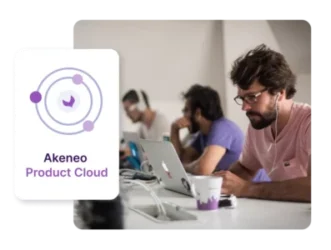Software Adoption is a Journey, Not a One-Time Deal
In the ever-growing world of digital commerce, choosing the right Product Information Management (PIM) solution is important but it’s even more important that your key users will be able to use it correctly to get the most out of the software and provide excellent product experiences.

1. Discovery Phase
The PIM functional & technical requirements design phase is typically held through working sessions to assess the needs of the client and ensure that all potential discrepancies are covered by existing processes; and if not, how these discrepancies can be addressed.
2. Implementation Phase
The second adoption phase focuses on the “Minimum Viable PXM Foundation” (MVPF), which typically starts with just one channel and one market in order to secure adoption of the key PXM champions to facilitate development of other markets and channels.
3. Hypercare Phase
In the final phase of adoption, partners like us here at Valtech provide executive coaching, training sessions, and check-ins from implementation to adoption – and this is just the gate to validate the final adoption.
The goal is to integrate the adoption all along those phases – this is the secret ingredient of adoption success! And for Valtech, we like to say that adoption happens on day one so that we have ample time to ensure that:
- PIM features are demoed to project team as they are developed and deployed.
- Users are provided access to test and provide feedback on configurations and system settings.
- We identify any gaps in desired functionality, workflows, user types and permissions.
- Collaborate with the PX experts at Akeneo to find the right recommendation and expertise.
- Build documentation for all configurations, permissions, and integrations. We here at Valtech like to create a user guide which can include cheat sheets, tutorials, and step-by-step process outlines customized for each client.
The Sooner the Better: Adoption Starts at Day One
Find your champions and “train the trainers”
Once a project is signed, you will work with a team of champions! First but not least, you will have to train the key users because the main strategy is to, “Train the trainers”. Find the right champions who will lead and implement the project with you but also ensure the adoption with the end users.
Every business is different – the first step includes us partners analyzing the clients’ needs, objectives, architecture, catalog and product structure in order to better understand how implementing a PIM solution, like Akeneo, will best address the client’s needs. To do so, your champions will need to understand first what a PIM solution like Akeneo is to understand how to make the most of it.
With Akeneo, there are many resources available to “train the trainers”, including:
- Akeneo Akademy – Self-guided lessons and tutorials, but supported by the entire Akeneo Akademy and the Valtech expertise.
- Project Success Assistance (PSA) – An Akeneo program with weekly workshops focused on leading PIM and PX concepts and Akeneo workflow tutorials with a Customer Success Manager dedicated to your project. As an Akeneo partner, Valtech would optimize these workshops by collaboratively working with Akeneo to do the discovery phase in parallel. For example, we will let Akeneo introduce the basic concepts and then we will surf on the knowledge waves to start digging into the client’s structure in terms of product structure and data: different possible channels, category trees, product types, product associations, etc. Then, we would contextualize these basics into a real product structure to make it more understandable and allowing the client to visualize how the product structure would actually look.
- Partner Training – Ongoing series of sessions with Akeneo partners to highlight successful joint use cases and partner best practices.
- A combination of all three!
Along the Implementation and Hypercare Phases
Stay on course, let the client steer the ship
Once we finish the discovery phase, we implement the recommendations and improved processes previously identified.
As mentioned, we walk through some product type examples during the discovery phase with the clients. Then, we will move forward with what we defined and we will encourage the client to do so on their own as well. The client can model an easy product type to start(family, attributes, product structure…), and the partner will guide and support the client with expert knowledge of the product experience industry and the Akeneo solution. This process allows us to analyze the current adoption processes and identify any misunderstood concepts early on. Then it’s time to refresh these concepts by using other product types we need to implement!
Don’t forget to document the entire process
During the implementation, documentation will be very important. Akeneo has many links that can help the client during the entire implementation:
As a partner, it’s Valtech’s responsibility to always support and guide the client toward all the support documentation already available, but sometimes this is not enough and that is fine! We will also provide user-friendly documentation and guides based on best practices recommended on catalog and product structure definitions, creating unique and thorough documentation for the entire process for every Valtech client. During implementation and hypercare phases, we also typically set some Q&A (questions/answers) sessions and then gather all the questions into a customized glossary.
The benefit of this process is that if the client loses internal key users who were there from the beginning, it won’t be a problem as the process does not rely on the knowledge of one single individual.
By following these steps, you can create a comprehensive plan to get your team ready for user adoption, fostering a positive and collaborative environment for the integration of your new PIM solution.
Once adoption is in place, you will be safe for a soft and clear PIM integration.
Looking for more PIM implementation support? Check out some of our other Valtech featured articles diving into the people-first approach to product experiences, how to maximize the ROI of your PXM organization, or the steps to perfecting your PIM selection process.
This article is a guest post by Akeneo partner, Valtech.


















